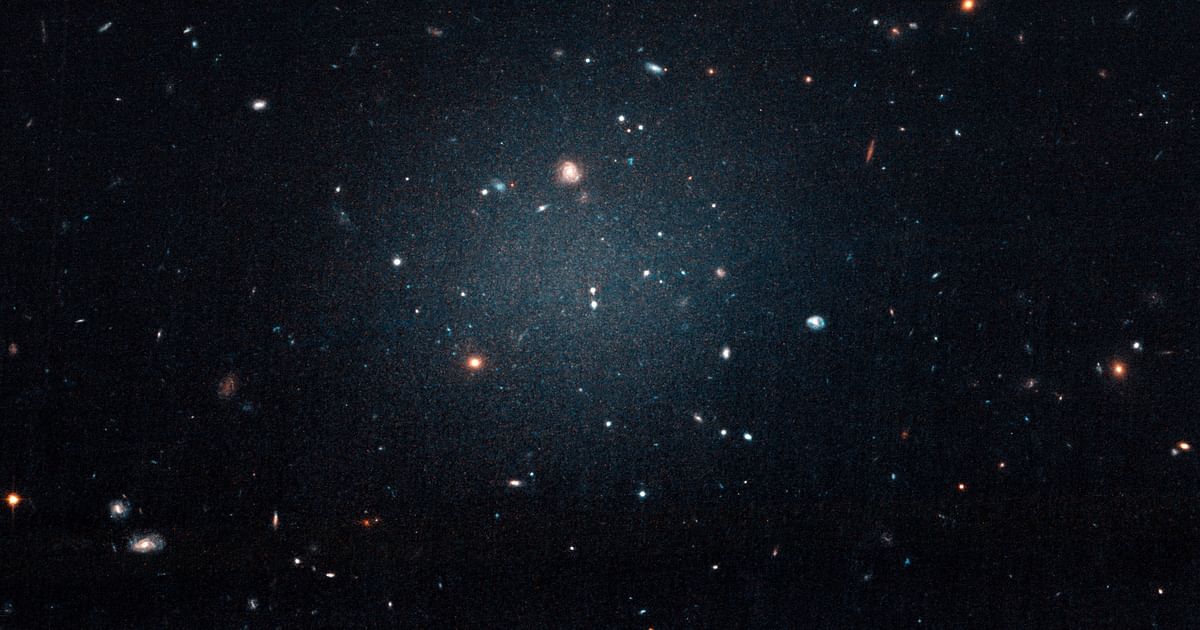Astronomers have long observed that the universe is expanding, with some suggesting that this expansion could be attributed to a weakening of gravity at the edge. This observation led researchers to explore the idea that Einstein’s theory of general relativity may not fully explain gravity on extremely large distances. Niayesh Afshordi, a professor of astrophysics at the University of Waterloo, notes that on the vast scales of the cosmos, gravity appears to deviate from Einstein’s predictions by about one percent over billions of light-years.
For over two decades, physicists and astronomers have attempted to formulate a mathematical model that can address the inconsistencies in general relativity. The newly developed model, described by lead author Robin Wen as a ‘footnote to Einstein’s theory,’ modifies and extends the existing formulas without compromising its validity. This model offers a potential resolution to the cosmic glitch, providing insights into the behavior of gravity on cosmic scales that were previously unexplained.
Recent research suggests that this new model may explain a cosmic glitch at the edge of the expanding universe where gravity weakens by about one percent. While this theory has been crucial for understanding concepts like the Big Bang and black holes, scientists have encountered discrepancies in its predictions when applied to the cosmic scale. The widely accepted model of gravity based on Einstein’s theory of general relativity has been tested and confirmed through various experiments. However, scientists have noted inconsistencies in its predictions when applied to extremely large distances such as those observed in


